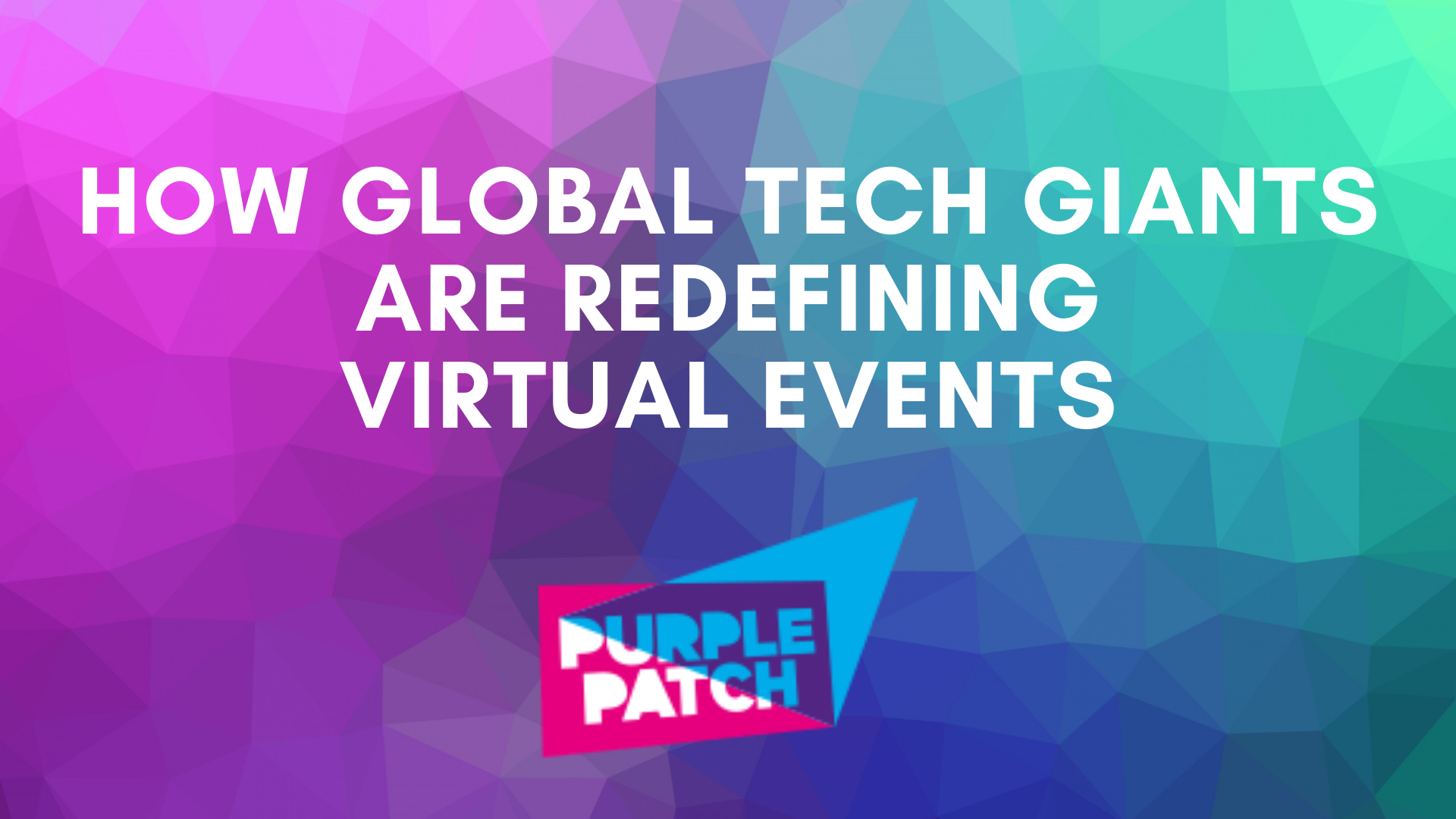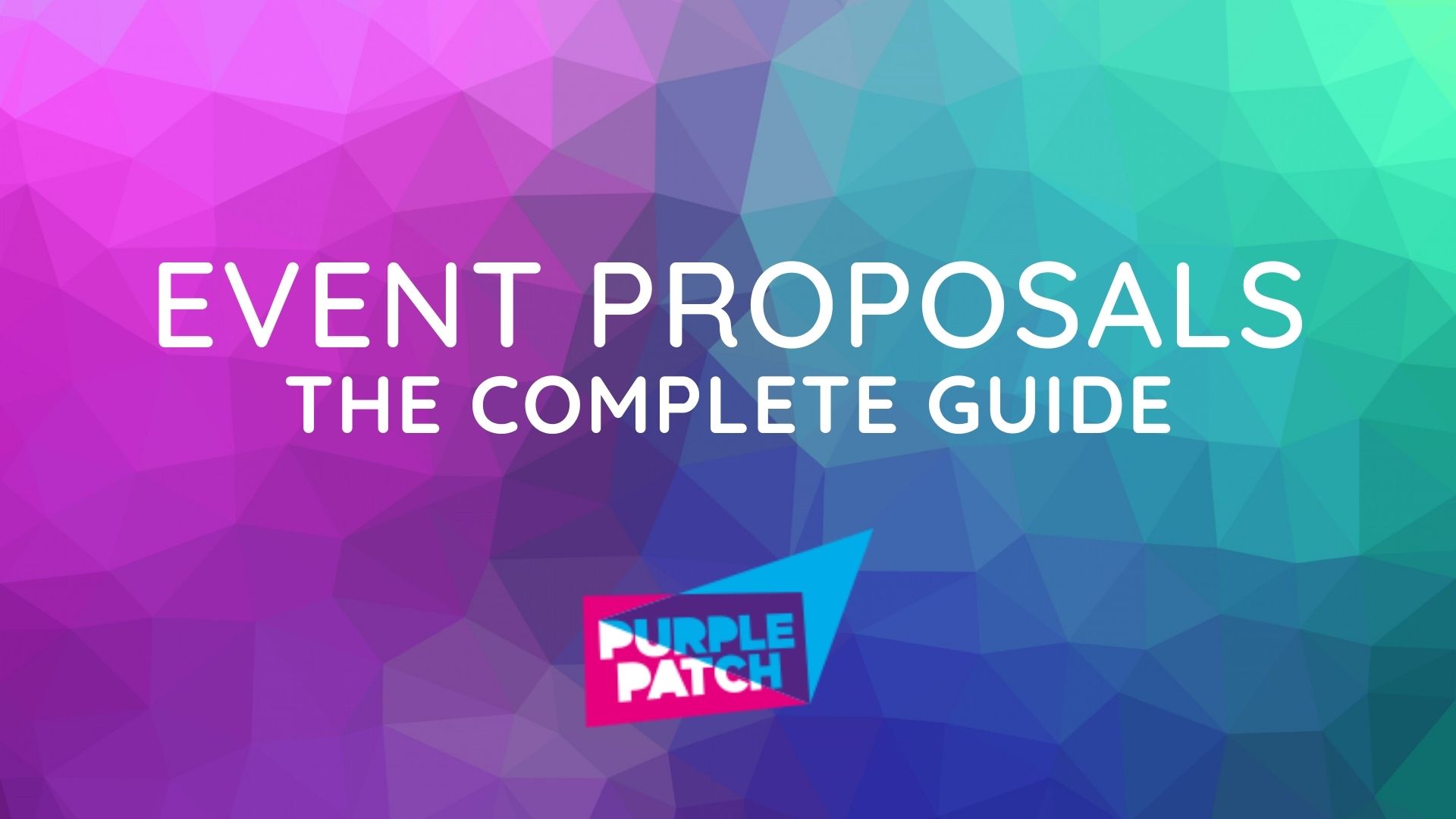Without a doubt, it has been tough for many brands to organise events in the post-lockdown era. To avoid cancelling or postponing their events indefinitely, countless industries have coped with this challenge by embracing virtual events. So, how could the tech giants of the world possibly be left behind?
From launching flagship products to making major public announcements, virtual events have been key for businesses to maintain continuity during these uncertain times. And we believe some of the most successful virtual events in 2020 came from the tech industry. In this article, we share a few examples of how global tech giants planned and delivered their virtual events with great success, this past year.
How Global Tech Giants Are Redefining Virtual Events
Wondering which virtual events from the tech industry actually grabbed the attention of the public, media houses, and event organisers across the globe, during 2020? Here are some of the best examples, along with key takeaways, outlining what worked well for them.
Cisco Live
In 2020, none of the clients or partners of Cisco had to leave their home to attend the Cisco Live event. It was transformed into a two-day virtual event, packed with over 500 sessions, focusing on topics that most IT leaders and business professionals are passionate about.
Argued as one of the largest and the most comprehensive online events of 2020, Cisco Live gathered 3 million views online. Based on the data shared by the company, their sessions received an average rating of above 4.5 out of 5, with around 84% of the attendees claiming to have enjoyed the online event.
The key takeaway from this virtual event:
Cisco divided the event into four channels, namely: Innovation, Possibilities, IT Heroes, and IT Leadership, which made it easy for the attendees to navigate and consume the massive amount of digital content that was on offer – and eventually appreciate the way this event was planned and executed.
Microsoft Build
Microsoft turned its annual developer conference into a two-day online event that featured close to 600 sessions on a wide range of relevant topics. The event received more than 200,000 registrations from developers across the globe, with many major media outlets covering it – which goes a long way to prove that conferences don’t necessarily have to be organised in-person to be able to attract a significant amount of media attention.
The key takeaway from this virtual event:
The company chose not to postpone the event, and decided to hold it on the same dates as their previously scheduled in-person conference. Everything went as per the original plan that was conceived before the lockdowns and travel restrictions were imposed. And if this wasn’t enough to cheer up the developer community, Microsoft also delivered “Community Connections” sessions during the event, which included guided yoga sessions aiming to reduce work-stress and promote relaxation.
Sony PS5 Reveal Event
The Sony PS5 reveal event broadcast managed to receive more than 7 million views, across multiple online channels. They achieved this and an average viewership of 4 million across the entire online broadcast, and this figure includes the viewership during an hour-long wait that their audiences were patient enough to sit through, at the start of the broadcast.
The key takeaway from this virtual event:
Sony has been particularly good at leveraging social media channels to build the suspense before the product reveal event and keep their fan base waiting for more.
Apple WWDC
The global developer community looks forward to attending Apple’s Worldwide Developer Conference every year. This is why Apple chose to organise the event online and make it into a cross-platform experience, instead of postponing or cancelling it altogether.
The key takeaway from this virtual event:
Consider how your attendees will consume and engage with your content. User experience matters, and virtual experiences aren’t limited to just the desktop. This is why Apple leveraged its Developer app to keep their event audience informed about the event schedule and programming, letting them engage with the content on their iPhones, iPads, and Apple TV devices both before and during the course of the event.
[BONUS] More Takeaways from Successful Virtual Events:
Hybrid events can be more successful than purely virtual events
Think about having live Q&A or networking sessions online.
Leveraging social media and building a community pays off well
Build the hype and reward the community for spreading the word around.
Content should be made available on-demand
Since most attendees have several responsibilities to take care of while they are working from home, giving them the opportunity to consume content and navigate the sessions at their own pace can go a long way in making the event successful.
Final Thoughts
In order to truly engage your audiences online, in the highly competitive and fast-changing virtual event landscape of today, it’s crucial to deliver the best-in-class digital experience that’s primarily geared towards delivering value.
Planning a virtual event or hybrid event in 2021? Consult with our team of expert event planners today!



